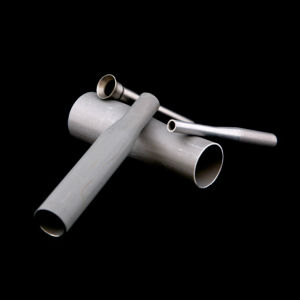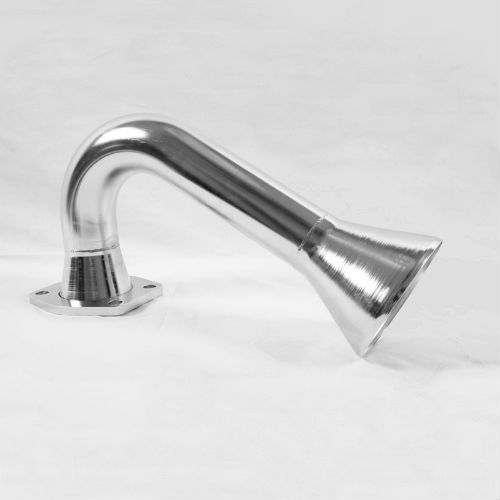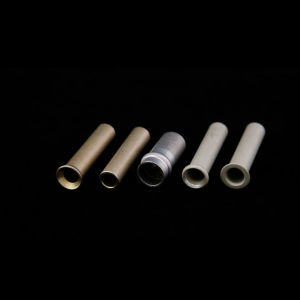The Basics of Tube Swaging
Many machines require tubes and piping of specific diameters in order to function properly. To achieve these specifications the method of tube swaging is used. This allows tubes to retain a tubular shape as they are formed to connect with other tubes. A number of ornamental tubes are also done with swaging machines. Examples of these are shower curtain poles and candle holders. The swaging machine can change the diameter of these tubes at different points, creating a fancier and more intricate piping.
To create sealed joints, tube swaging bends and fits individual pieces of wires and pipes together. This can be accomplished using various materials including alloys such as stainless steel, titanium, copper, aluminum, steel or brass. This is commonly used in machines and applications for the aerospace, medical, automotive and commercial industries. Tube swaging is very important because it creates a good flow system and helps prevent wear and leaks.
To alter diameters to meet specific requirements of a machine, tube swaging uses dies. Dies are custom-made forms that are used to alter the shape of a piece of metal. In order to increase the diameter of a tube a die is inserted into the opening of the tube. The tube is then forced to assume the shape of the die. To reduce a tube’s diameter, the die is used as a hammer on the outside of the tube. This will condense the material and shrink the overall diameter of the tube.
Both the inside and the outside of the tube may be altered with tube swaging. If the inside diameter of a tube is altered then pipes can connect to each other without much aesthetic difference. This may be important on products such as instruments. Bullets are known to be hand swaged but I don’t know if that carries over to mass production.
 |  |  |
| Tube Swaging – Tube Bending Incorporated | ||


 Castings & Forgings
Castings & Forgings Bulk Material Handling
Bulk Material Handling Electrical & Electronic Components
Electrical & Electronic Components Flow Instrumentation
Flow Instrumentation Hardware
Hardware Material Handling Equipment
Material Handling Equipment Metal Cutting Services
Metal Cutting Services Metal Forming Services
Metal Forming Services Metal Suppliers
Metal Suppliers Motion Control Products
Motion Control Products Plant & Facility Equipment
Plant & Facility Equipment Plant & Facility Supplies
Plant & Facility Supplies Plastic Molding Processes
Plastic Molding Processes Pumps & Valves
Pumps & Valves Recycling Equipment
Recycling Equipment Rubber Products & Services
Rubber Products & Services